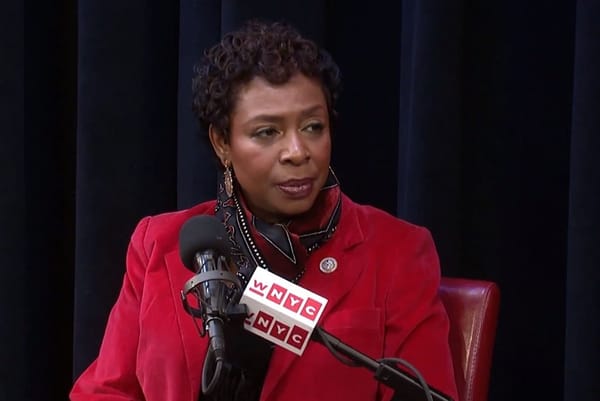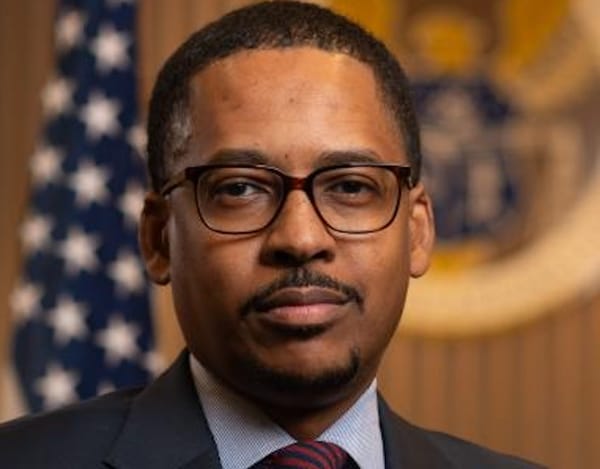Copyright Pros Don’t Know What to Do About Authorless AI Paintings
WASHINGTON, February 5, 2020 – Intellectual property experts on Wednesday puzzled over questions of originality and attribution at a conference hosted at the Library of Congress on “Copyright in the Age of Artificial Intelligence.” Ahmed Elgammal, a computer scientist from Rutgers University, dazzle

WASHINGTON, February 5, 2020 – Intellectual property experts on Wednesday puzzled over questions of originality and attribution at a conference hosted at the Library of Congress on “Copyright in the Age of Artificial Intelligence.”
Ahmed Elgammal, a computer scientist from Rutgers University, dazzled attendees with a painting made by a computer algorithm that sold at auction for $432,500 in 2018. This is an example of a painting that lacks obvious authorship.
Elgammal demonstrated what a pigeon crossed with a soda can would look like on the AI art website ArtBreeder. And he related the results of a perplexing study published by his laboratory that found 75 percent of human subjects could not distinguish a painting made by a Generative Adversarial Network, which is a computer algorithm, and one made by a human. The percentage was even higher for works of abstract impressionism.
Rob Kasunic, associate register of copyrights at the U.S. Copyright Office of the Library of Congress, tried to provide answers to the questions of authorship brought up by Elgammal.
In doing so, he raised more questions: Does Congress have the constitutional authority to give copyright incentives for AI computer programs? Should congress do that? Is copyright law even the correct vehicle for AI output protection?
Precedent provides limited guidance to these questions, he said.
As a rule, the Copyright Office will not register works produced by nature, animals, or plants, Kasunic said. He offered helpful examples of this rule such as a monkey taking a selfie and the forces of erosion aesthetically shaping the contours of a piece of driftwood.
However, computer programs are unique in that at some level there lies human involvement.
As Acting Register of Copyrights Maria Strong and an earlier speaker asked, “at what point does setting something into motion mean authorship?”
The conference had been opened by Francis Gurry, director general of the World Intellectual Property Organization . In addition to setting the stage for the conversation, Gurry alluded to other AI challenges facing copyright law, such as a publisher lawsuit against Amazon’s Audible over speech-to-text , and deepfakes involving actors.








